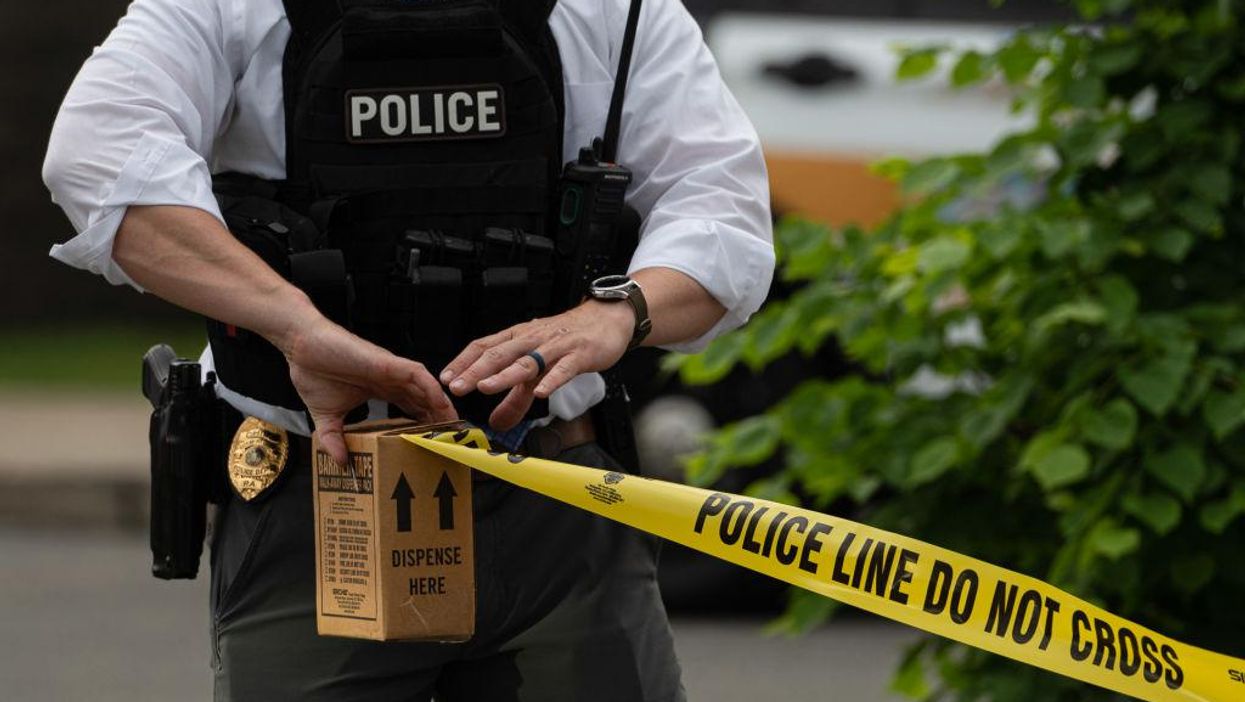
Photo by Aimee Dilger/SOPA Images/LightRocket via Getty Images

An analysis of recent crime data indicates that homicide clearance rates are down, even as homicide rates have spiked.
According to a report issued by the FBI regarding crime statistics, local law enforcement agencies have struggled to solve even half of the cases that come under their jurisdiction.
"It's a 50-50 coin flip," says Thomas Hargrove, who runs the Murder Accountability Project, which tracks unsolved murders nationwide. "It's never been this bad. During the last seven months of 2020, most murders went unsolved. That's never happened before in America."
This disturbing trend becomes even more worrisome as homicide rates continue to climb. According to MSNBC, murder rates increased by almost 15% between September 2020 and September 2021, and cities like Los Angeles, Baltimore, and even Jackson, Mississippi, have been unable to contend with the increase in case loads.
Though a city of just 160,000 people, Jackson recorded 153 homicides in the last year and has just eight homicide detectives on staff to investigate them.
"The whole system is backlogged," said James Davis, the police chief of Jackson. "I could use more police officers. I could use more homicide detectives, but if the state is backed up, the court is backed up, we will still have the same problem by developing these cases that we're already doing."
In its report about low homicide clearance rates, CBS notes a disparity in clearance rates for cases involving black victims and those involving white victims. Cases involving white victims, the report claims, are resolved "about 50% more than when the victims were black." However, FBI data indicates that between 2010 and 2020, there were approximately 16% more black homicide victims nationwide than white victims, and more black victims mean more of their cases are unsolved.
Not to mention, differences in clearance reporting affects overall numbers and suggest that the clearance rate for black victims might be even lower than otherwise thought. Chicago, with its remarkably high homicide rate, often grants "exceptional clearances" — intended to be used only when an offender is dead, serving a sentence on another case, or when a victim refuses to cooperate — to cases in which no perpetrator has been tried or perhaps even identified, an indication that the 44% clearance rate Chicago reported in 2020 may have been inflated.
But while victim demographics, police department sizes, and changing crime rates are interesting, they miss the true story at the most basic level: the grieving friends and family members who are left without answers.
Marsha Mayes, whose 3-year-old son Terrell Mayes Jr. was killed by a stray bullet more than a decade ago, has still not gotten justice, but she remains hopeful.
"I want the killer to know you can't run," Mayes said. "God knows everything."